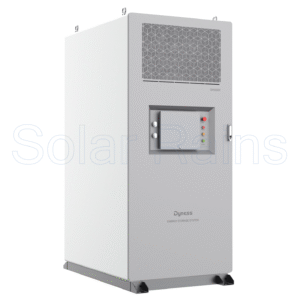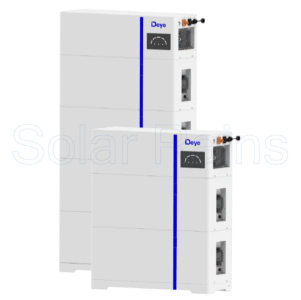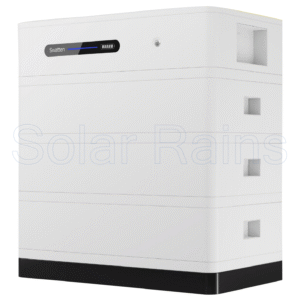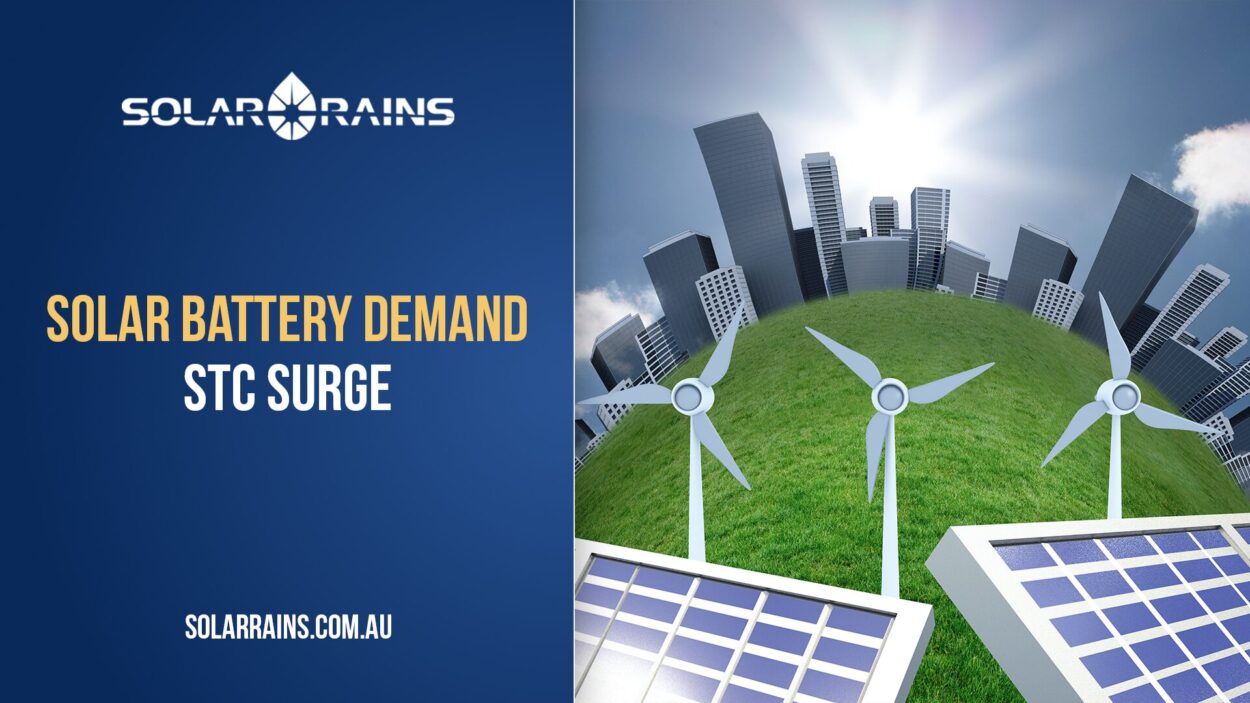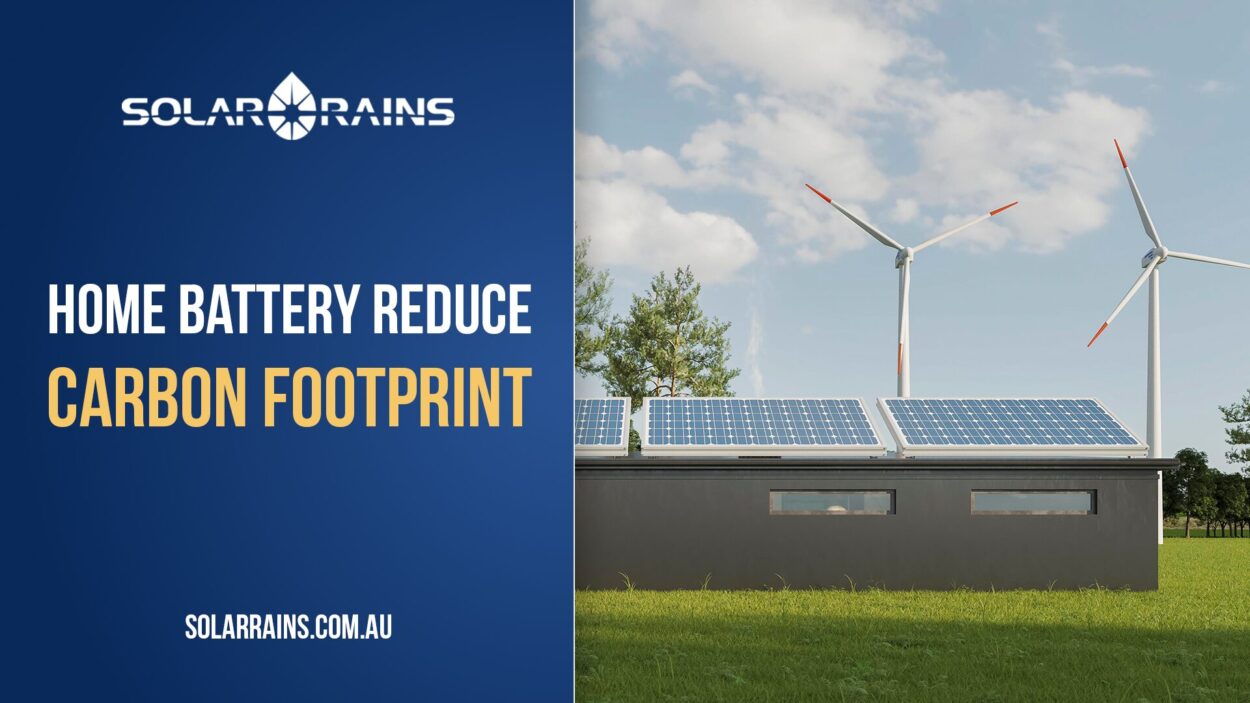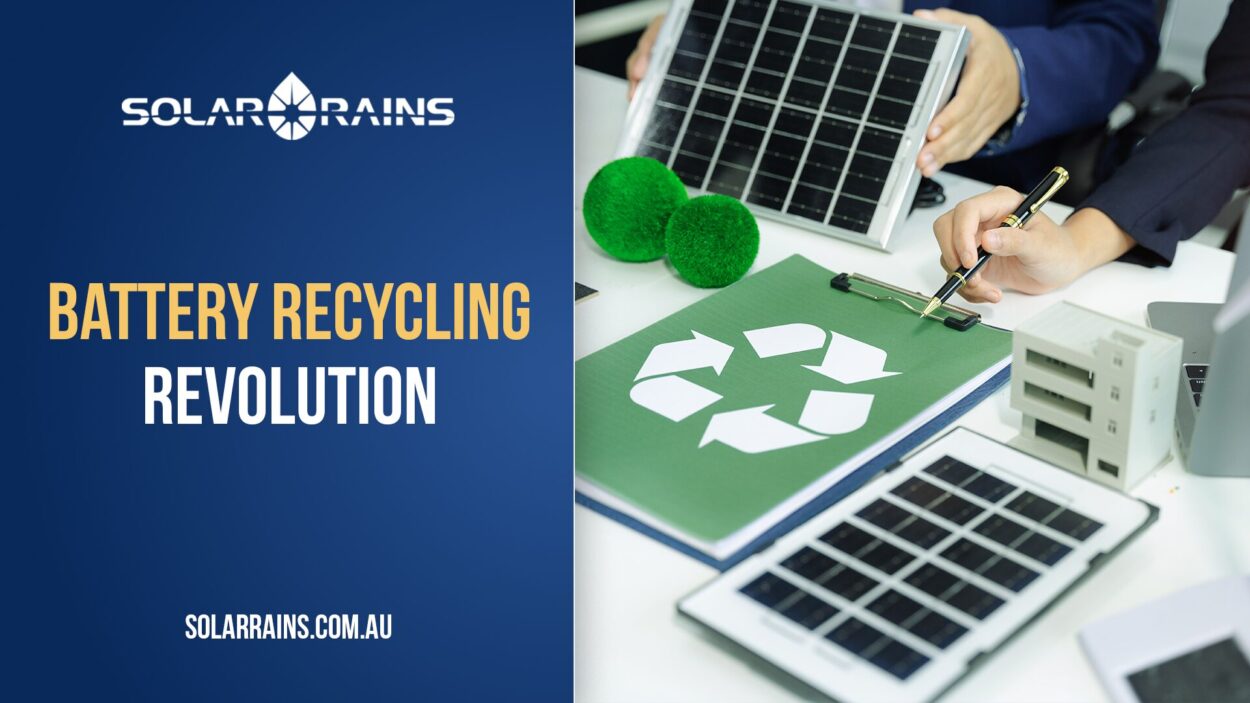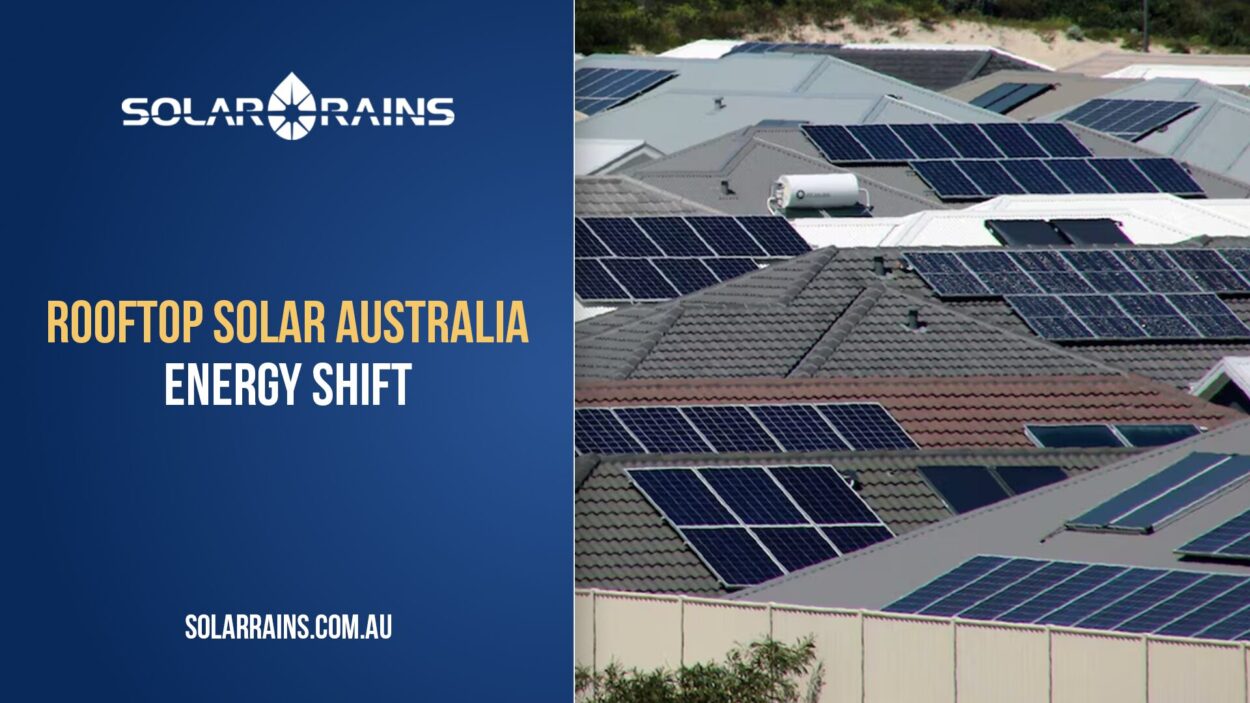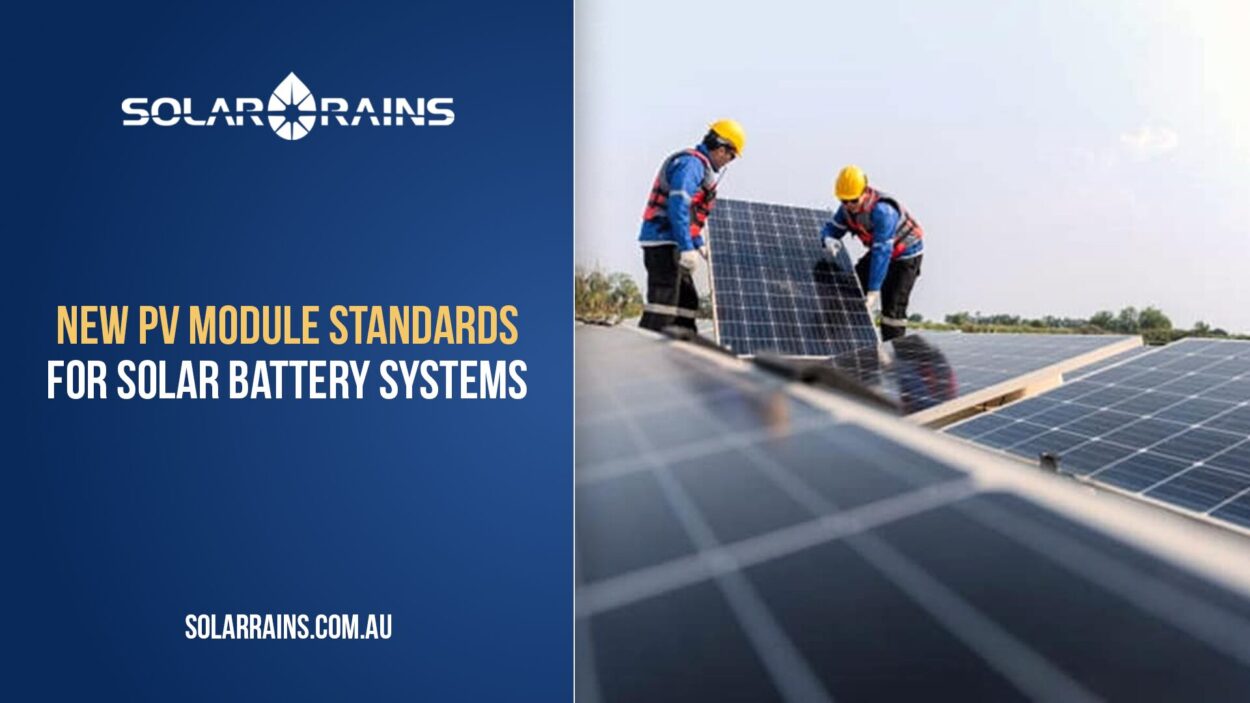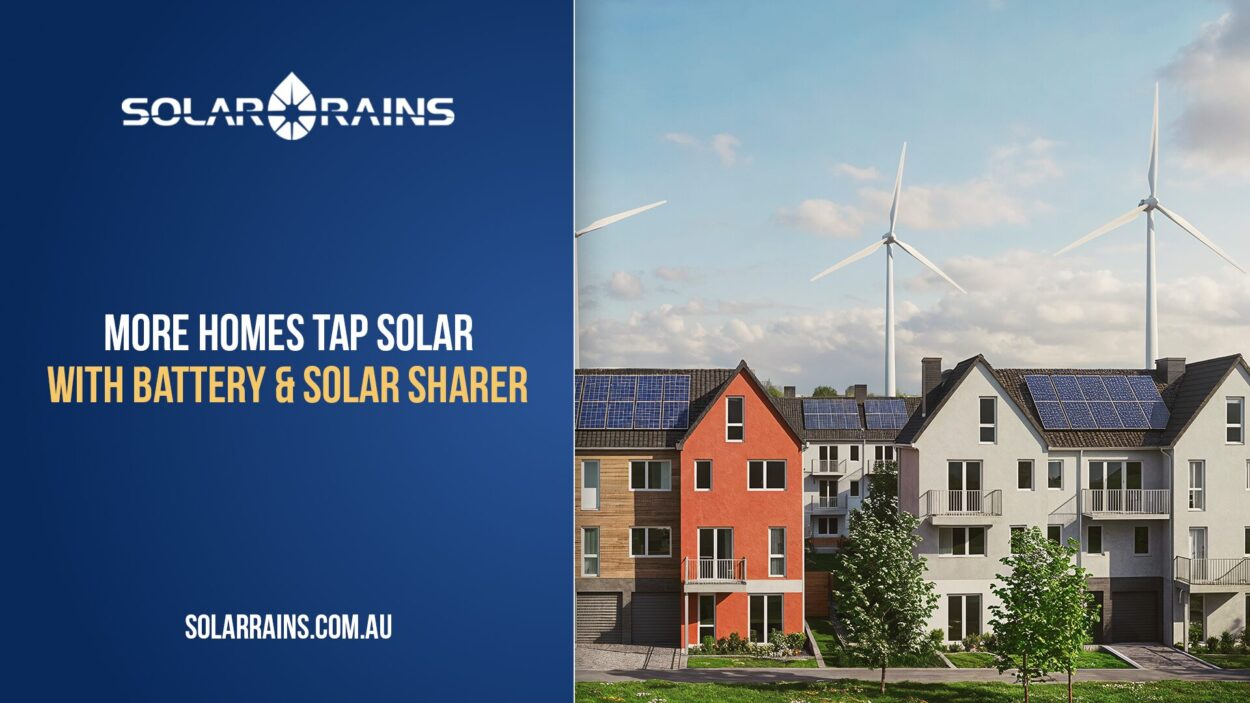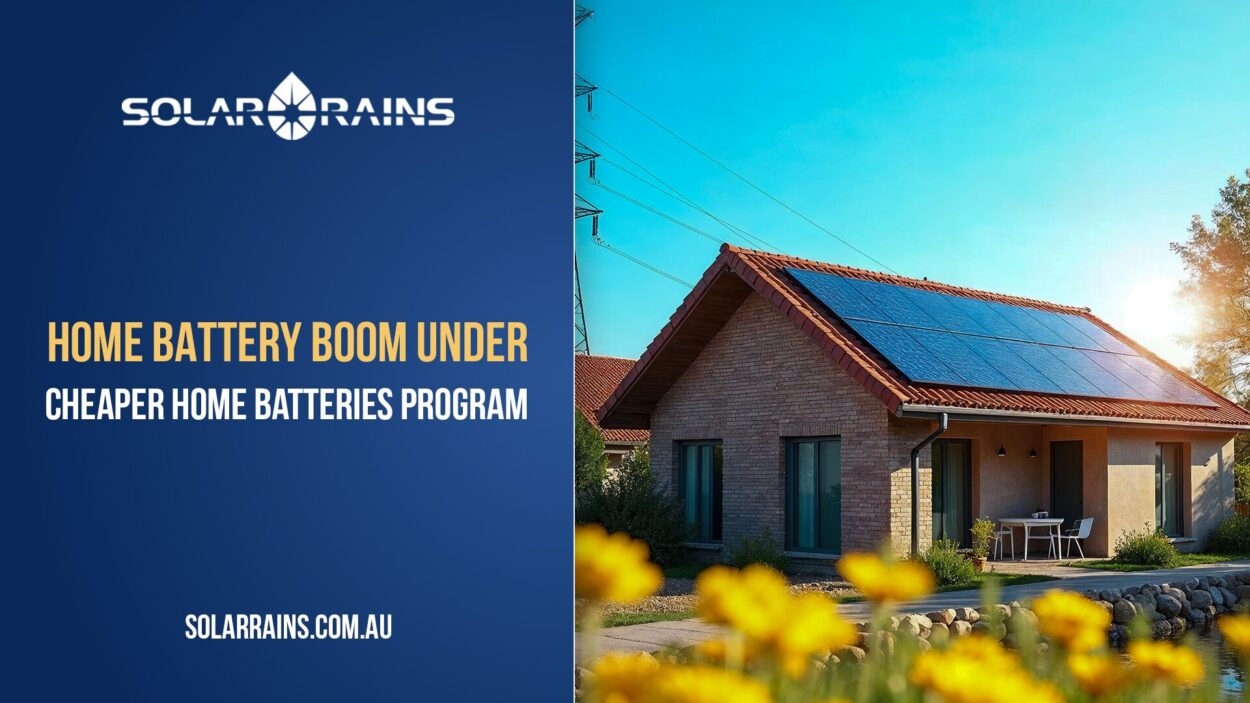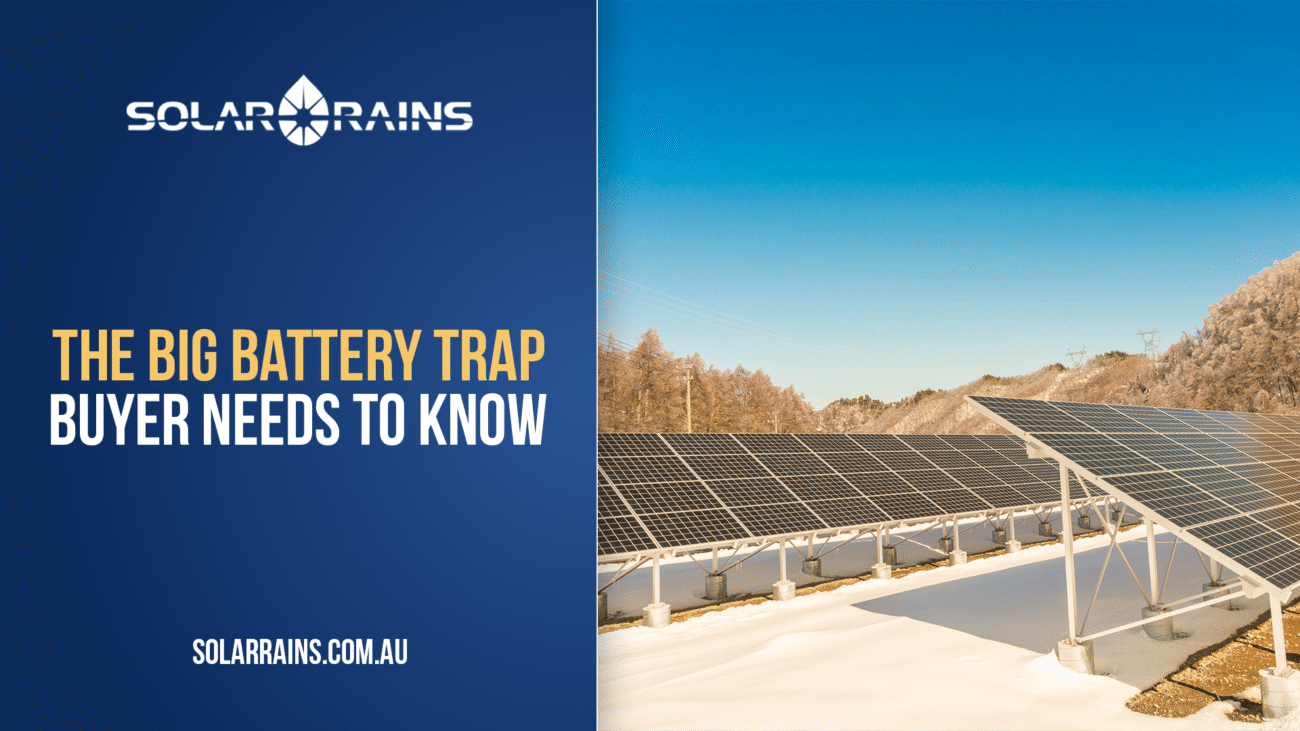Introduction: Budgeting for a Clean Energy Future
The South Australian Government’s 2025–26 Budget reveals a robust vision for decarbonisation, energy efficiency, and industrial transformation. Among the standout commitments: major investments in hydrogen infrastructure, green steel, electric buses, and support for small-to-medium business energy upgrades.
But where do solar battery systems fit in this vision?
This article explores the real implications of the SA budget for residential and commercial stakeholders, especially those planning to invest in solar batteries, and the role of trusted solar suppliers like Solar Rains in enabling this energy shift.
Powering Business Grants – A Direct Battery Opportunity
A dedicated $20 million Powering Business Grants fund is designed to support energy efficiency projects, including the installation of solar products and batteries. Small-to-medium enterprises (SMEs) can apply for grants between $2,500 and $75,000 to cover eligible investments.
Why This Matters for Solar Batteries
- Battery systems significantly reduce peak demand charges.
- Businesses that pair solar batteries with rooftop panels can shift usage and reduce operational energy costs.
- Solar batteries support backup operations, improving reliability and energy independence.
Solar Rains encourages eligible businesses to explore this opportunity with expert consultation and custom solar product wholesale solutions.
Expanding Electric Public Transport – A Battery Narrative
The transition of Mount Barker’s Keoride trial to a permanent electric bus service, backed by $12.5 million, highlights SA’s confidence in energy storage systems.
Relevance to Battery Technology
- EV charging infrastructure relies heavily on stationary battery storage to stabilise grid demand.
- Large-scale solar batteries can enable faster, decentralised charging while avoiding costly grid upgrades.
By investing in electric transport and storage systems, SA is indirectly creating more demand and innovation around solar power suppliers and battery technologies.
Hydrogen, Whyalla, and the Role of Storage
SA’s $2.4 billion partnership with the Federal Government to rescue and transition Whyalla Steelworks into a green hydrogen-powered operation represents one of the boldest steps in national decarbonisation policy.
What’s the Link to Solar Batteries?
- Hydrogen plants often require massive electricity inputs. Solar + storage systems balance supply and mitigate volatility.
- Investment in green hydrogen is complementary to solar battery R&D and creates downstream demand for smarter grid integration tools, many of which involve commercial-grade solar batteries.
By deferring $593 million from a hydrogen plant into the steelworks transition, SA’s government is prioritising industrial stability while keeping long-term clean energy ambitions alive.
COP31 & SA’s Global Stage
South Australia is preparing to host COP31 if Australia’s bid is successful, with $8.3 million allocated for event preparation.
Why Does This Matter?
- Hosting a global climate conference boosts the state’s visibility as a climate leader.
- Policies that support widespread solar battery adoption will be under international scrutiny, encouraging fast-tracked compliance and innovation.
- Local solar product companies, including Solar Rains, stand to benefit from increased demand for certified, efficient, and scalable battery solutions.
Support for Remote Area Energy Supply
With $1.6 million dedicated to maintaining energy access in remote communities through the Remote Area Energy Supply (RAES) scheme, solar batteries could play a role in off-grid systems and diesel reduction.
Takeaways for Solar Battery Stakeholders
- Batteries paired with solar panels reduce dependency on diesel generation.
- Ideal for islanded communities, stations, or Indigenous settlements where grid access is limited.
- Opportunity for solar suppliers offering hybrid systems and technical consulting.
Broader Trends Supporting Solar Battery Growth
Even outside direct mentions, the 2025-26 budget reveals trends that are favourable for solar battery growth:
- Feed-in tariffs continue to fall, making self-consumption strategies (enabled by batteries) more attractive.
- Grid instability and rising prices mean resilience through batteries is no longer optional for many businesses.
- Continued support for solar power suppliers and local manufacturing ensures more accessible and affordable storage technologies.
FAQs
Yes. If the batteries contribute to lowering your business’s energy consumption or improving efficiency, they’re eligible. Speak with your solar supplier to confirm system compatibility.
As of 2025, direct state residential battery rebates have ended, but households can still join Virtual Power Plants (VPPs) or access federal incentives for clean tech upgrades.
Yes. Hybrid battery systems with blackout protection capabilities allow essential appliances to run during outages. Many models supported by Solar Rains have this feature.
Brands like AlphaESS, Deye, and Swatten offer scalable, high-performance batteries with remote monitoring and hybrid inverter integration—available through Solar Rains’ solar product wholesale service.
Hydrogen generation needs stable energy input. Solar power + battery storage helps smooth intermittent generation and keeps hydrogen operations consistent. This dynamic supports grid evolution where both sectors complement each other.
Yes. Businesses and homes that self-consume stored solar power during peak hours can reduce grid draw, saving hundreds (residential) to thousands (commercial) annually.
Absolutely. Solar Rains supports retail and trade partners with access to wholesale solar batteries, training, datasheets, and consultation. Contact us to join our distribution network.
Conclusion – Strategic Budget, Strategic Energy Shift
The South Australian Government’s 2025-26 Budget is not just about numbers, it’s a clear declaration that energy independence, climate leadership, and resilience are priorities.
For homeowners, SMEs, and large commercial operators, the message is clear: It’s time to consider solar battery solutions not just as add-ons, but as core infrastructure.
With the right support, experienced partners like Solar Rains, and increasing access to grants and incentives, batteries are set to play a defining role in South Australia’s renewable future.


